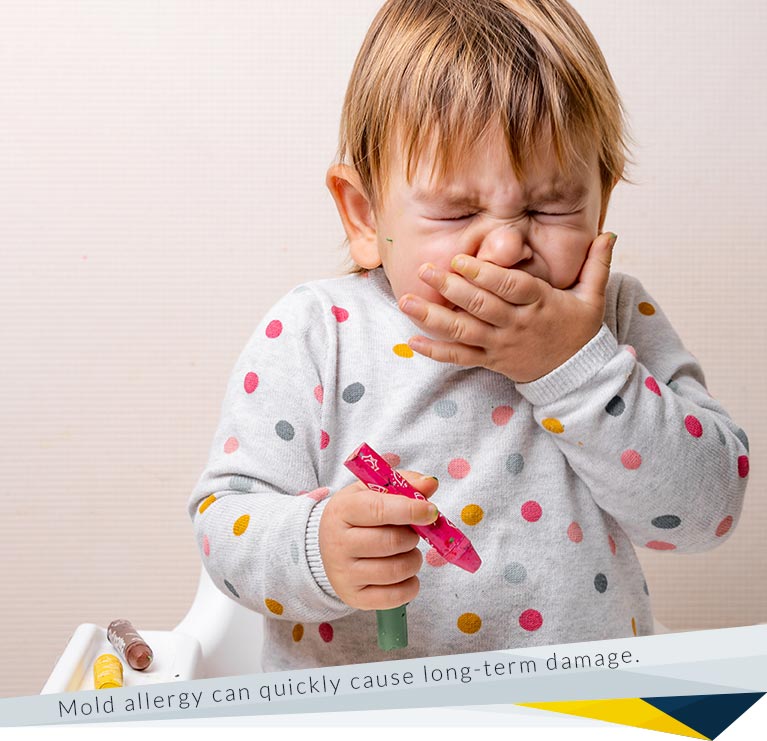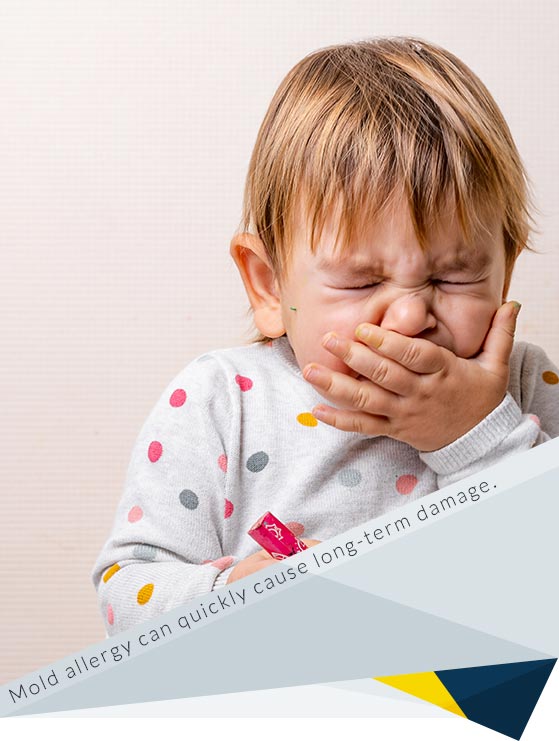
The short answer is yes; mold can undoubtedly cause headaches and many other health issues. This should be unsettling, considering mold can hide in the deepest crevices of your home or building for many years without you ever even knowing. Until you begin getting toxic mold headaches, that is.
The hard truth is that mold infestation is a serious and dangerous problem. However, knowing the risks and what to look for can help keep yourself and your loved ones safe.
As every other organism on this planet does, mold serves a purpose... just not inside your home or body. It's made up of many tiny little organisms whose primary job is to break down and decompose organic material. Mold releases spores into the air, which are then collected on clothing, shoes, and pets and transported indoors. They can also easily come inside buildings through open windows and doorways.
When these spores become introduced to the right conditions, like moisture, oxygen, and organic material, they begin growing and cultivating new colonies, creating a substantial risk to those in the environment nearby. And when mold decides to take up residence in your home or workspace, it can quickly become a battle for the survival of the fittest. And that isn't a battle you want to take on by yourself.
Mold can be hazardous to your health in many ways. And although exposure to toxic mold affects everyone differently, for some, it's a pretty big deal. For example, those with allergies to mold, impaired lung function, asthma, and immune-compromised individuals may have more threatening reactions to mold exposure than those without. Further, children, older people, and those with pre-existing medical issues are also more susceptible to mold-related health issues.
One of the most commonly reported adverse reactions is the dreaded mold headache.




Everyone's body responds differently when exposed to mold. Each exposure also differs depending on the type of mold you're dealing with. Understanding their differences is important. There are allergenic, pathogenic, and toxigenic mold types.
Let's look at allergenic mold first. As the name implies, these molds will cause allergy-like symptoms but are less likely to cause serious illness. That doesn't mean they won't make you sick. Repetitive exposure to allergens can have long-term a effects on the body.
Some symptoms of allergic mold infestation are:
There are also classes of molds that are considered pathogenic. Pathogenic species can generate problems in humans even if they are otherwise healthy. And they are especially harmful to those with autoimmune conditions. One such example of a pathogenic mold species is the aspergillus genus.
The third class of mold is toxigenic mold. These species create a metabolic byproduct called mycotoxins. These mycotoxins are not spore driven, but they travel through the air as spores do, hitching a ride on dust particles and hiding out in wallpaper. Nearly one-fourth of the population has a gene called HLA-DR1, which inhibits the body's ability to deal with these toxins.
This type of fungus can initiate an inflammatory cytokine-driven response in the body and create symptoms that are vague, broad, and very hard to pin down, such as:
There is a lot left to be learned about mycotoxins, but they've been linked to some serious conditions and can be extremely dangerous to immunocompromised individuals. However, a shared expression of all types of mold is the mold headache.
Just because you have a headache doesn't mean it was caused by mold. Any number of things can cause headaches. And headaches may not even seem like a big deal compared to other illnesses. But sometimes headaches can be severe, even reaching migraine status, and often come along with other symptoms. And when mold headaches become frequent, they can be very disruptive to your daily life.
One of the biggest telltale signs that your headaches may be caused by mold is that they come with allergy symptoms. Allergy symptoms can be mild but also deepen when exposed repeatedly. As a result, you could experience increased reactions, like:
Dizziness is also a sign of mold exposure, as ear infections and ear canal inflammation can be triggered by mold, affecting the ear's equilibrium. Mold-induced bacteria growth can also lead to reoccurring sinus infections.
Mold is also known to trigger asthma attacks in those with asthma, which can cause tightness in the chest and inflammation in the bronchial tubes so severely that it restricts breathing completely.
If you experience even a few of these symptoms on a regular basis, you should watch and see if symptoms become worse when you leave and come back to the suspected mold infestation area. If your symptoms do worsen while in the suspected infestation area, it may be time to consider having someone check for mold.
Mold loves moisture and tends to thrive in moist, damp areas like leaky windows or pipes or water damage from flooding. It's found on porous surfaces like wood, paper and cardboard and grows extremely well on ceiling tiles, insulation, carpet, and upholstery.
One of the reasons mold causes headaches is that the spores in the air get into the respiratory tract when you breathe, which elicits an immune response. Like many allergies, mold causes the sinuses to build up mucus, causing pressure on the sinuses. This is commonly referred to as a sinus headache though it may or may not be the result of an infection.
A mold-induced headache can range from a dull pain to a migraine. These kinds of headaches are usually felt strongly in the front of the head, along the brow, and sometimes in the upper jaw. In the case of a migraine, you may even be sensitive to light and sound.
If you think there could be a correlation between your headaches and mold, you first need to be seen by a doctor to begin treatment. There are different tests your doctor may want to do to determine if your symptoms are related to mold. Then, your doctor can help you decide the best course of action.
And if you suspect you have a mold infestation in your home or business, it's imperative to have your home inspected and subsequently treated. Professionals should ALWAYS do this for safety purposes and because it's extremely tough to eliminate on your own.
Calling the experts for help is one of the smartest things you can do for yourself and your family. Many aspects to mold remediation require extreme caution and expertise, like safely prepping the work area before beginning the elimination process and protecting materials from contamination before removal from your home or business. FDP Mold Remediation is not only IICRC certified, but we take care of the entire process for you from start to finish. From testing to prepping the site to killing the mold and restoring the property, we do everything while prioritizing your health and safety. We even HEPA filter the air to ensure no spores are left behind. If you have mold problems in your home, and experienced health issues with it, it's time to call FDP Mold Remediation today so we can help you.
so if you have mold in your place, feel free to call us anytime!



